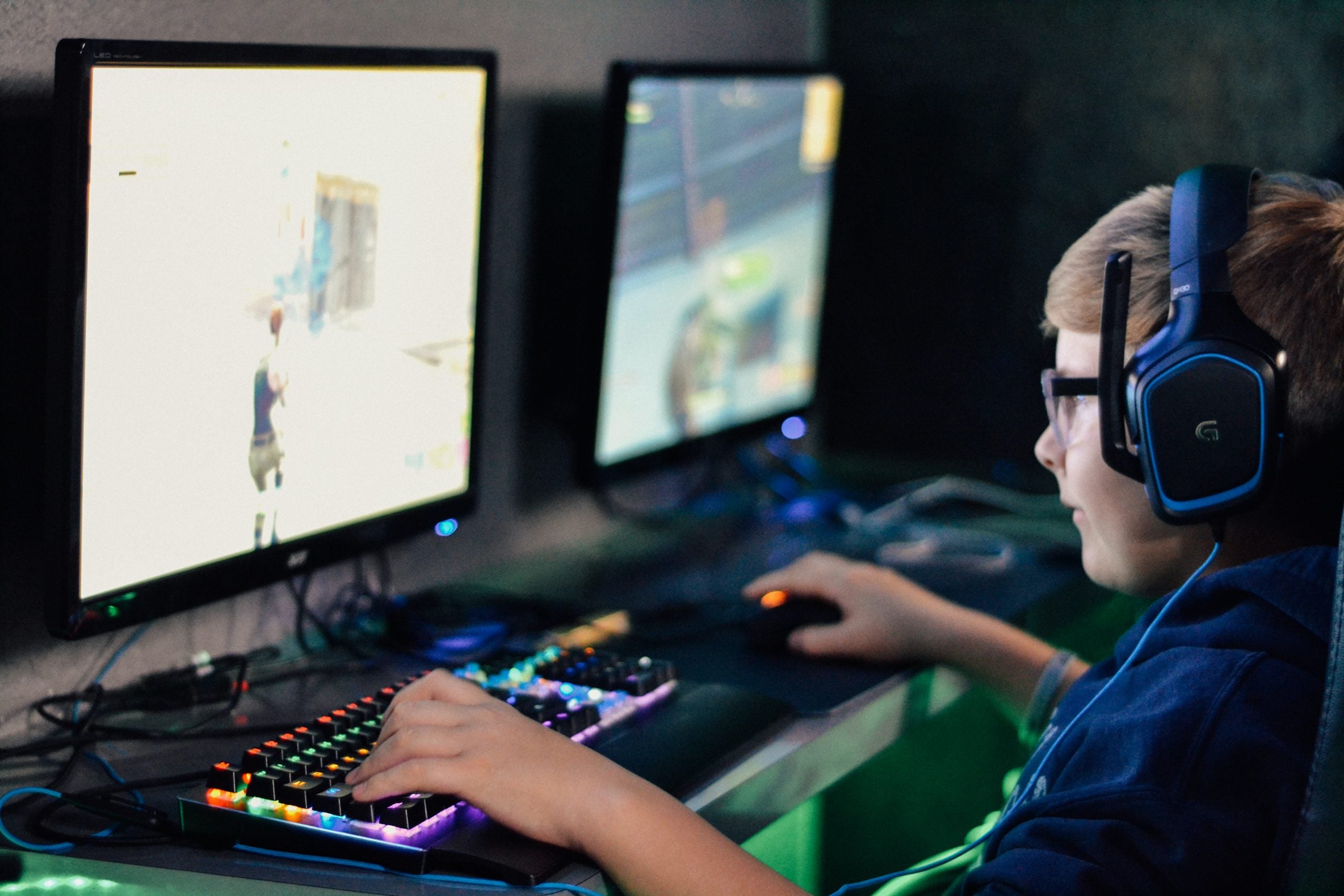Subscribe to our Newsletter
Receive our weekly newsletter, updates, and promotions, to your inbox.

This series of blogs is from a chapter in the book Life After Lockdown edited by Rebecca Silva, Ruth Prytash, Rene De Loss and Carol Burmeister, published in 2021 by AAPC in the United States.
The computer gaming industry has the potential to rob us of some very bright minds, who may get caught up in the addictive side of gaming. When teens begin to avoid things that were recently part of their routine, there may be a problem. If you tell your teen to get off the computer for lunch and they become incredibly agitated, avoiding lunch in order to play the game—that’s a worry. If they become upset when a legitimate request interferes with access to the game, then the depth of engagement is now of considerable clinical concern. Their world revolves around the number of hours they spend on the game, and they become agitated when other activities interfere. For example, you used to have evening meals as a family, spending time together. Now the teen arrives at the table at the last moment, bolts down food, and then, boom. Gone. No conversation. No engagement. The individual withdraws from a variety of activities that used to be important for the family and enjoyable for themselves. The game is taking control. This is common in addiction: instead of the person controlling the game, the game is controlling the person.
One of the first casualties of any addiction is truth. The individual will hide their actual time online, like an alcoholic hides their alcohol. They will also have access to games on their phones. Gaming should absolutely be included in the same category as alcohol and drugs for individuals with autism. These individuals struggle, not with autism, but with emotional regulation. Because the game is so good at moderating intense emotions, they are reluctant to switch to anything else.
One thing that parents should not do is take away the game as punishment. The games provide the teen or young adult with an identity, coping strategies, a social network—what they live for. If adults remove this without providing the child with other coping mechanisms or alternative activities, this ends up being, not punishment but revenge. Parents will end up escalating the punishment from a day to a week to the threat of totally removing the computer, and the teen will respond with defiance and anger. It can quickly escalate into a civil war which no one wins.
If we want to address the behavior constructively, it is important to carefully identify the issues of behavior management or encouragement of chores or other commitments. There must absolutely be consequences, but they must be appropriate. For example, if a teen does something that upsets his sister, an appropriate response might be to have him take responsibility for one of her chores for a week. The time that is spent on that chore would have been spent on the computer, so it is a means of restricting access through teaching an appropriate replacement. It is possible to use the computer as a reward. For example, if the child does their homework, they can have an extra half hour on the computer. This uses the computer as a reward or an encouragement, rather than as punishment. It also teaches a part of growing up. You want more time on the game, but you’ve got to do your chores. That’s life.
When a parent suspects addiction, they can use logic to deal with it. Get a big piece of paper and list the positives and negatives of computer games with the individual. The positives are that it helps manage emotions and it makes the child popular. So how can we help the individual achieve these things outside the game? We can find more conventional and diverse ways of achieving those things, initially in addition to the computer game and eventually as alternatives. Next list the negatives: being overweight, spending huge amounts of time on the game and nothing else, the lack of honesty, and the lack of constructive ways in their lives to learn to deal with emotions. Help the individual compare these lists and set goals.
In terms of strategy, first get an accurate accounting of the amount of time spent gaming. Instead of aiming for an unrealistic goal, like an entire game-free day, try for something more reasonable. For example, start with reducing time by 15 minutes every day for three weeks. If successful, then decrease by 15 more minutes for three more weeks. Use small steps. Parents must provide alternatives that bring pleasure to the child, like being outdoors or spending time with pets. Families must also try to help the individual increase their social network through constructive means so the individual is actually learning to relate and manage conflict.
There are currently few treatment options for addiction in autistic individuals. Therapy for addiction needs to develop expertise, theoretical models, and a whole range of strategies for gaming addiction, especially for autistic individuals. We need psychiatrists and psychologists who are aware of this and work to modify therapy to accommodate the autistic way of thinking.
As we continue to deal with the effects of the current pandemic, it’s important to realize that many of our brightest autistic individuals are going into the medical and research fields. These individuals, with their logical brains and skill at analyzing systems, have the ability to understand the behavior of a virus and can use their intellect to help develop cures. The intense focus of which they are capable allows them to tolerate 18-hour days in a lab. Instead of looking at a computer screen, they are looking into a microscope. Let’s hope that we can guide them to those labs, and show them that their brilliance is not only appreciated, but desperately needed, and that they are indeed invaluable members of society.
See also: